A new two-year research programme will explore the technologies with the potential to remove carbon dioxide from the atmosphere in Ireland, including energy crops and soil management options for farmers.
Scientists from Dublin City University (DCU) and Trinity College Dublin (TCD), along with the Environmental Protection Agency (EPA) funding the project, presented their work plan last week in Dublin. Together, they will study the potential for negative emissions technology in Ireland.
DCU engineering Professor Barry McMullin explained that the nations of the world agreed to limit global warming “well below 2°C” above pre-industrial era temperatures at the 2015 global climate summit in Paris. At the same time, each country came with its own voluntary commitments to curb emissions of greenhouse gases. These include carbon dioxide (CO2), methane emitted by ruminants and nitrous oxide (N2O) associated with land fertilisation, all of which have been identified as contributing to global warming. “When the sums are done on the pre-Paris commitments, they don’t add up to the target of well below 2°C,” said Prof McMullin.
Listen to "Prof Mike Jones on negative greenhouse gas emissions" on Spreaker.
Although this was not spelled out in the Paris agreement, he added the understanding was that the gap would be filled by so-called negative emissions: “We need technologies that suck CO2 out of the atmosphere,” he said.
Dr Sabine Fuss, a researcher at the Mercator Research Institute on Global Commons and Climate Change in Berlin, explained that the ways of achieving this fell in any of six categories:
Afforestation or reforestation, as permanently established trees absorb CO2.Bioenergy with carbon capture and storage (BECCS), detailed below.Biochar, in which partially burned biomass is added to the soil to increase its CO2 absorption capacity.Enhanced weathering, in which finely crushed minerals are added to the soil to increase its CO2 absorption capacity.Ocean fertilisation – boosting algae growth to absorb CO2.Direct CO2 capture from the air.Dr Fuss studied the scenarios elaborated by the Intergovernmental Panel on Climate Change, the reference group of scientists established by 195 countries on the issue. She said that the majority of those scenarios achieving the “well below 2°C” target relied on BECCS, making it one of the most promising avenues.
The idea here is to grow trees or energy crops, which absorb CO2 from the air as they grow. They are then harvested for use as biomass energy – eg in power stations. There, the CO2 emitted during combustion is captured and stored underground.
Costs
The research project will look into the feasibility and costs of these technologies in Ireland. “All negative emission technologies run to their respective limits, so we will most likely see a portfolio of them,” Dr Fuss warned.
TCD Professor Emeritus of Botany Mike Jones added: “There are real issues about competition for land with food production and biodiversity. At the moment, farmers don’t get enough money to start production.” He added that another promising avenue for Ireland was improving the sequestration of carbon in grassland, with some evidence already emerging, eg “we have a research programme with New Zealand on deep ploughing grassland to store more carbon in the soil,” he said.
Prof McMullin said the research would include the potential climate benefits of replacing cattle and sheep with climate-friendly crops such as those used in BECCS. “Can we have a double bounty if some of the ruminant-based activity is shifted into bioenergy crops?” he asked.
In some areas, we can grow trees, in others we may be better off growing grass-type vegetation as a biofuel
Prof Jones said there would be no “silver bullet” applicable everywhere in Ireland, or even on all the land on any one farm, because of the differences in climate and soil types. “In some areas, we can grow trees, in others we may be better off growing grass-type vegetation as a biofuel and by combining these different types of land use we can come up with a more sustainable use of our land,” he said.
The research programme will end in 2018 with publications on negative emissions technologies, their potential, risks and costs in Ireland and a map of the country identifying optimal land to grow energy crops.
A new two-year research programme will explore the technologies with the potential to remove carbon dioxide from the atmosphere in Ireland, including energy crops and soil management options for farmers.
Scientists from Dublin City University (DCU) and Trinity College Dublin (TCD), along with the Environmental Protection Agency (EPA) funding the project, presented their work plan last week in Dublin. Together, they will study the potential for negative emissions technology in Ireland.
DCU engineering Professor Barry McMullin explained that the nations of the world agreed to limit global warming “well below 2°C” above pre-industrial era temperatures at the 2015 global climate summit in Paris. At the same time, each country came with its own voluntary commitments to curb emissions of greenhouse gases. These include carbon dioxide (CO2), methane emitted by ruminants and nitrous oxide (N2O) associated with land fertilisation, all of which have been identified as contributing to global warming. “When the sums are done on the pre-Paris commitments, they don’t add up to the target of well below 2°C,” said Prof McMullin.
Listen to "Prof Mike Jones on negative greenhouse gas emissions" on Spreaker.
Although this was not spelled out in the Paris agreement, he added the understanding was that the gap would be filled by so-called negative emissions: “We need technologies that suck CO2 out of the atmosphere,” he said.
Dr Sabine Fuss, a researcher at the Mercator Research Institute on Global Commons and Climate Change in Berlin, explained that the ways of achieving this fell in any of six categories:
Afforestation or reforestation, as permanently established trees absorb CO2.Bioenergy with carbon capture and storage (BECCS), detailed below.Biochar, in which partially burned biomass is added to the soil to increase its CO2 absorption capacity.Enhanced weathering, in which finely crushed minerals are added to the soil to increase its CO2 absorption capacity.Ocean fertilisation – boosting algae growth to absorb CO2.Direct CO2 capture from the air.Dr Fuss studied the scenarios elaborated by the Intergovernmental Panel on Climate Change, the reference group of scientists established by 195 countries on the issue. She said that the majority of those scenarios achieving the “well below 2°C” target relied on BECCS, making it one of the most promising avenues.
The idea here is to grow trees or energy crops, which absorb CO2 from the air as they grow. They are then harvested for use as biomass energy – eg in power stations. There, the CO2 emitted during combustion is captured and stored underground.
Costs
The research project will look into the feasibility and costs of these technologies in Ireland. “All negative emission technologies run to their respective limits, so we will most likely see a portfolio of them,” Dr Fuss warned.
TCD Professor Emeritus of Botany Mike Jones added: “There are real issues about competition for land with food production and biodiversity. At the moment, farmers don’t get enough money to start production.” He added that another promising avenue for Ireland was improving the sequestration of carbon in grassland, with some evidence already emerging, eg “we have a research programme with New Zealand on deep ploughing grassland to store more carbon in the soil,” he said.
Prof McMullin said the research would include the potential climate benefits of replacing cattle and sheep with climate-friendly crops such as those used in BECCS. “Can we have a double bounty if some of the ruminant-based activity is shifted into bioenergy crops?” he asked.
In some areas, we can grow trees, in others we may be better off growing grass-type vegetation as a biofuel
Prof Jones said there would be no “silver bullet” applicable everywhere in Ireland, or even on all the land on any one farm, because of the differences in climate and soil types. “In some areas, we can grow trees, in others we may be better off growing grass-type vegetation as a biofuel and by combining these different types of land use we can come up with a more sustainable use of our land,” he said.
The research programme will end in 2018 with publications on negative emissions technologies, their potential, risks and costs in Ireland and a map of the country identifying optimal land to grow energy crops.





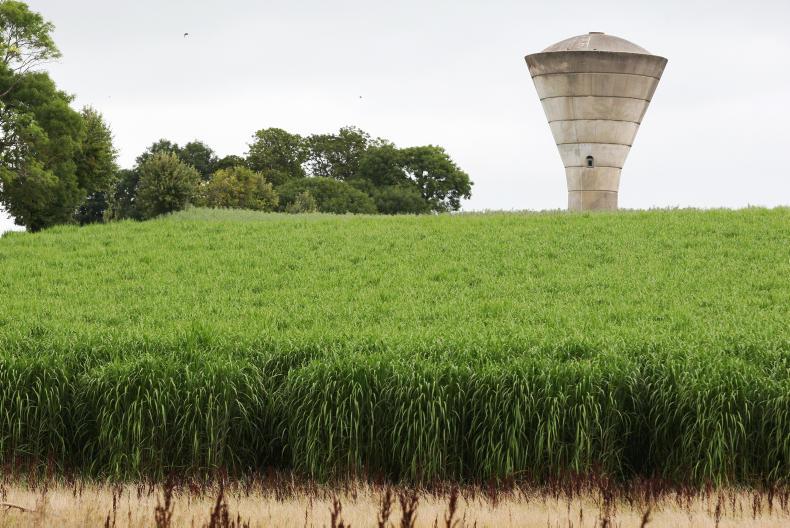
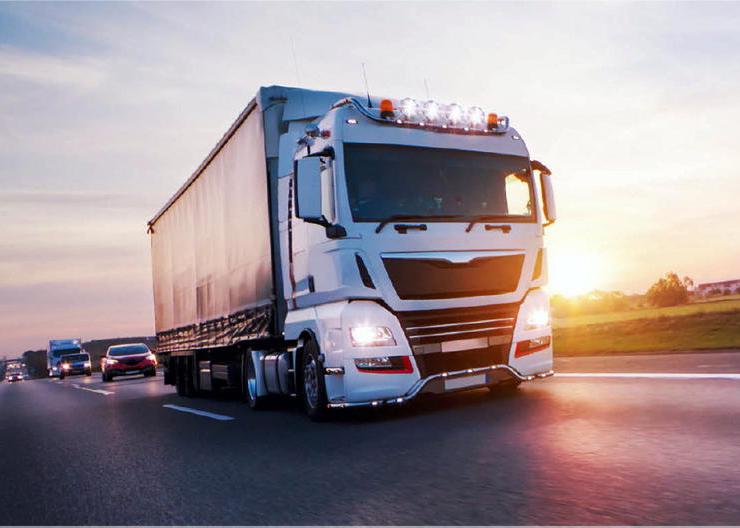

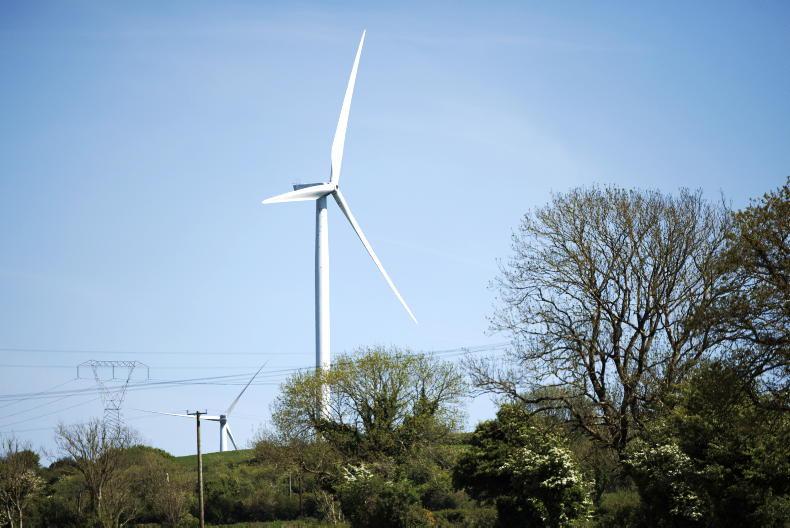
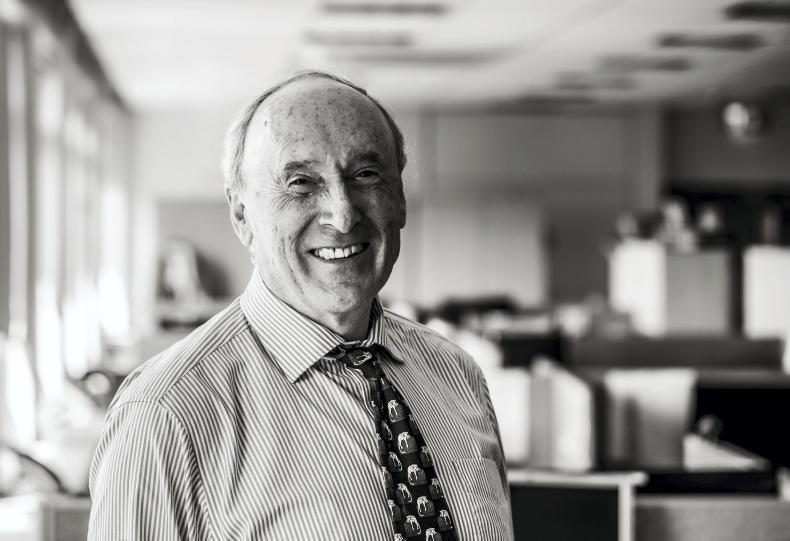
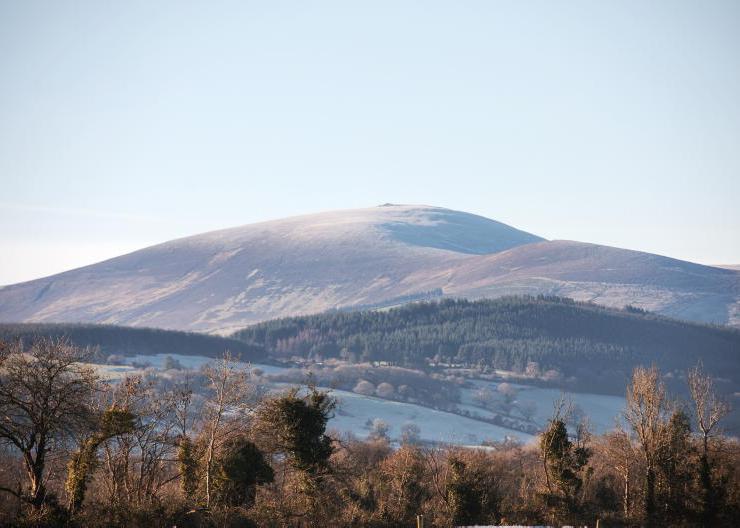
SHARING OPTIONS